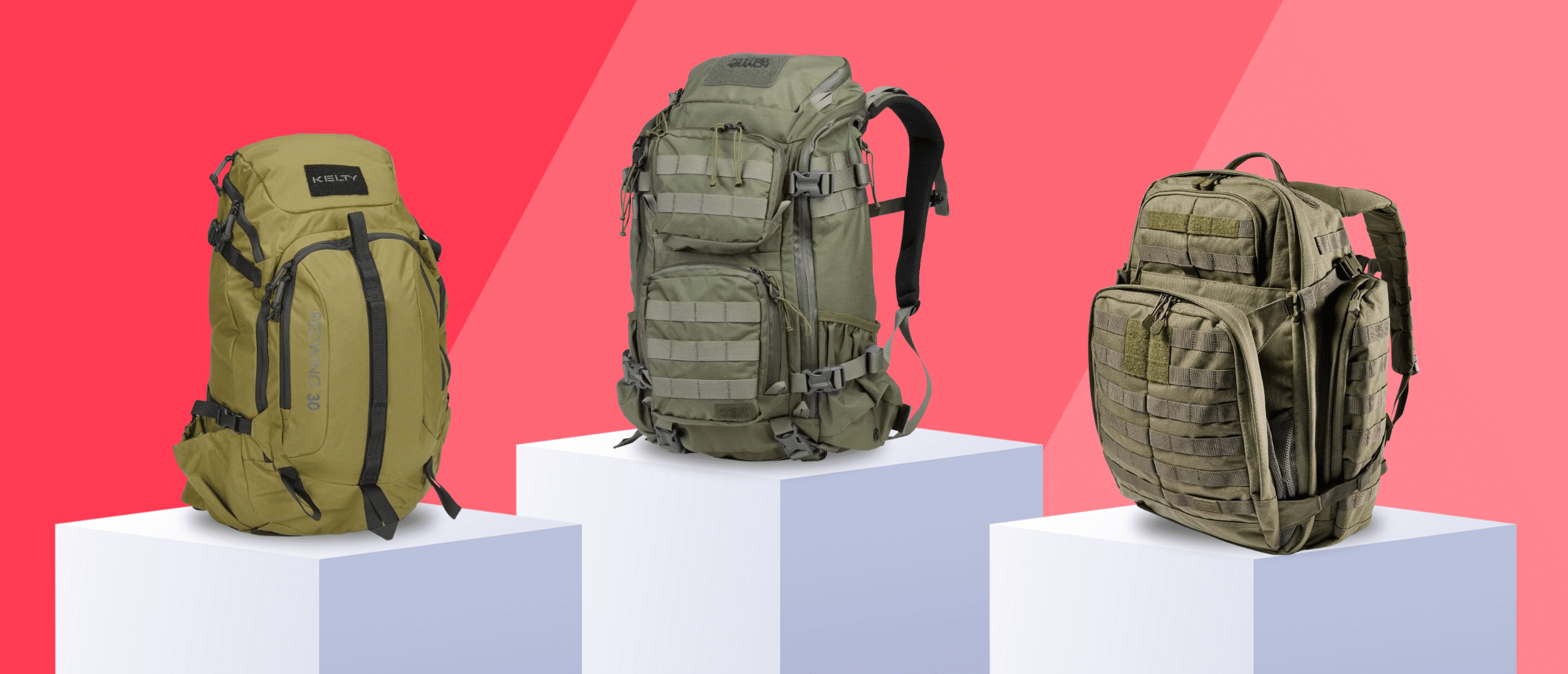What the Ruck? These Are the Best Rucking Backpacks You Can Buy
- By Will Price
- March 12, 2024
When you think of exercises that’ll build up your functional strength, boost your cardio, strengthen your bones, melt calories, and help you live longer, what comes to mind? Probably not rucking.
Rucking, or walking while carrying weight across distance, is as simple and accessible a workout as it gets—it could be as simple as loading a backpack full of heavy things and going for a walk. It’s loved by longevity nerds like Andrew Huberman, Peter Attia, and more. But in the name of comfort and consumerism, there are of course more refined ways of getting into it. In the world of walking around with heavy stuff on your back, comfort looks like a very well-made backpack, appropriately called a rucking backpack. Here’s what you need to know about rucking and, more importantly, which rucking backpacks are actually worth the money.
Our top picks
ALICE Military Rucksack
GORUCK GR1
CamelBack HAWG Hydration Pack
Gregory Zulu 45L
Kelty Tactical Redwing Backpack
5.11 Tactical Rush 72
Mystery Ranch Blitz 30L
Why Trust Us
I’ve spent the better part of ten years finding, testing, and reviewing products. I’ve used our on-staff experts in rucking, the views of fitness experts, and my own experience rucking to build this guide. I’ve spent the time so you don’t have to.
What to Look for in a Rucking Backpack
Durable materials
If you’re rucking right, you’re going to be beating this backpack up a lot. For that purpose, you’ll want to make sure the bag you splurge for is made with some kind of heavy-duty material to reduce the risk of gear failure while out and about. Most quality rucking backpacks are made with some blend of Cordura or resilient nylon, which is a good place to start. Also consider looking into what sort of zippers the bag is fitted with, as they are the only thing ensuring the added weight you’re carrying doesn’t fall out of the bag. Generally, if you see a name brand like YKK zippers, you’re in the clear.
Perfect fits
If possible, it’s absolutely recommended to try on a rucking backpack before buying. These bags are generally quite expensive, and buying one that doesn’t fit your frame can be more than an inconvenience. Misstepping with an extra 50 pounds on your back, especially if you’re trail rucking, can end badly. Trying the bag before buying saves you money, headaches, and potential injuries.
Water bladder
This one’s simple: rucking is hard work, and having quick and easy access to water should be a non-negotiable feature. If the bag doesn’t come with a built-in reservoir and fits you perfectly, buy one that slides in the bag and make it work. Dehydration is serious, and rucking is exactly the kind of lengthy workout that can lull you into a false sense of ease.
Storage matters
Yes, a rucking backpack needs a spacious compartment to carry whatever means by which you plan to weigh yourself down (sand, water bottles, or plates designed for rucking are all popular). But you also need space for other essentials fit to where you’re doing your rucking. If you’re hiking, you’ll want a simple first aid kit, bug spray, and plenty of snacks, for example. If your rucking bag doubles as a carry-on, make sure it has a well-padded laptop sleeve. Consider the context in which you’ll use the bag, and pick a bag with those needs in mind.
The Best Rucking Backpacks for the Money
FAQ
Can I use any backpack for rucking?
You could, yes, but it’s not recommended if you plan to ruck consistently for exercise. For safety, comfort, and long-term health, it’s best to invest in a bag that distributes weight as evenly as possible without applying too much pressure on any one part of your body.
That said, you absolutely should give rucking a try with a normal backpack weighted down with whatever you’ve got around the house before buying another pack that costs a lot of money. During these test rucks, we’d recommend sticking to paved or graveled roads, rather than heading straight for the trail.
How much weight do you put in a rucking backpack?
Rucking weight is always determined as a percentage of your bodyweight, rather than a flat number. Experienced ruckers typically aim for anywhere from 20 to 30 percent of their bodyweight in their pack, while beginners should aim for 10 to 15 percent as a healthy starting point.
Is there a difference between a hiking backpack and a rucking backpack?
You’ll see many hiking backpacks recommended for rucking. This is because hiking and rucking share DNA—both activities demand carrying a load on your back over an extended period of time, which means weight distribution, carry capacity, and comfort are essential.
The key difference between the two styles of backpack typically comes down to weight. Rucking-specific backpacks are usually heavier, with higher maximum carry weights, which means they’re more often made from heavier materials. Hiking backpacks are lighter, usually aren’t suited to haul the heaviest loads, and made with more breathable materials. If you’re wondering if it’s essential you get one or the other, consider your goals—do you plan to really push into higher loads with rucking? Get a quality, durable rucking backpack. Looking for something more comfortable that’s better suited for moderate loads? A hiking backpack should probably work.












